Now more and more network build by wireless equipments.
There are still something concern.
1) What is the range of wireless?

Types of Wi-Fi Network
Protocol Maximum Speed Average Speed Wireless Range
802.11a 54Mbps 27Mbps 12m indoors, 30m line-of-sight outdoors
802.11b 11Mbps 4.5Mbps 30m indoors, 120m line-of-sight outdoors
802.11g 54Mbps 7Mbps (in compatibility mode), 16Mbps (with other 802.11g devices) 30m indoors, 120m line-of-sight outdoors
Standard construction walls can reduce the transmission distance by as much as 50%.
So, put the wireless router in the center of the house.
2) How do I secure my WLAN?
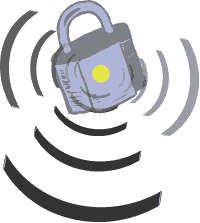
Security in wireless netword is much more important than wired network. You must set the security setting and let it work before use it.
For Wireless-B devices, the only data security feature available is a form of data encryption called WEP (Wired Equivalent Privacy). WEP is a form of encryption that is similar to SSL (secure sockets layer), which is used to secure Web browser sessions. The cryptological algorithm used by WEP is a very strong 128bit password key encryption. Unfortunately, although it does veil the content of data sent through the airwaves, the implementation of WEP lends itself to easy decryption by anyone willing to dedicate a few hours of their time.
For most users this is not too much of a risk, and it is recommended that WEP be enabled so as to prevent casual access to your network by passers-by. While new encryption standards are being developed for wireless, the bottom line is that some encryption is better than none. But if you are willing to risk it, disabling WEP can speed up a WLAN by as much as 30 per cent.
3) Wireless LANs – Are They Safe?
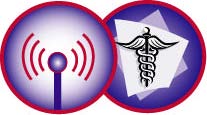
Wireless Transmissions Are Everywhere
Wireless radio signal transmissions have been used for several decades in many electrical and electronic devices. Your TV and radio receive their signals via wireless transmissions, for instance. The same is true for many remote control devices (TV, radio components or even remote car locking).
The signals are at a different frequency and power than Wireless LAN, but the technology is similar. Those risks are similar to the risks associated with using other wireless technologies.
Wireless LAN versus Mobile Phones
Under the current European law, a mobile phone can and does transmit up to 1000mW (think of it as radio energy). Wireless LANs are limited to 100mW, 10 times less power than the maximum allowed for mobile phones.
Furthermore, a mobile phone is typically held flush to the head or a few centimeters away. Even in the case where hands-free kits are used, the actual phone is usually held very close to thebody. A laptop user, with a Wireless LAN card installed on the other hand, is going to be much farther away, and if the Wireless connection is to a desktop PC, it will be still farther away. This distance further reduces the amount of radio energy received by the human body.
While our experience with WLAN is relatively new, mobile phone technology has enjoyed widespread deployment for many years. Based on the safety record accorded that technology, it is easy to understand that the radiation received from a Wireless LAN should not represent any type of health risk.
There are more things I will concern. This is the begin.
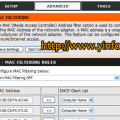

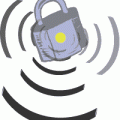
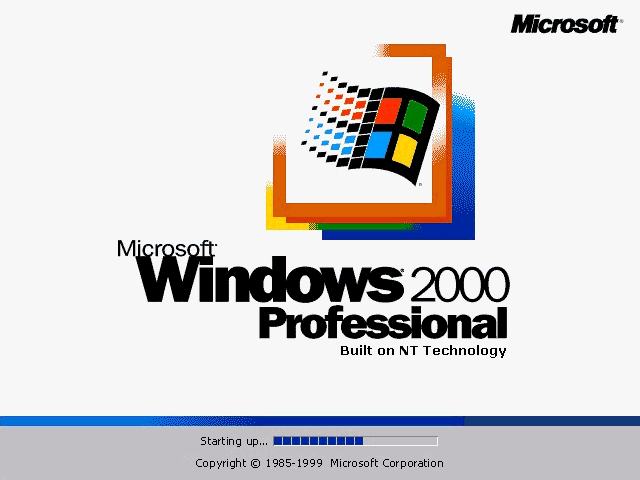
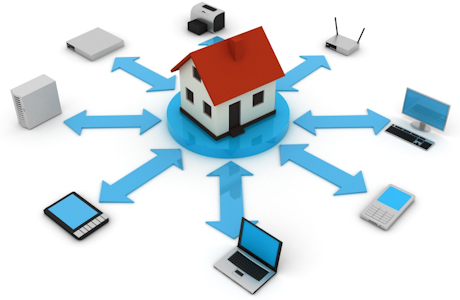

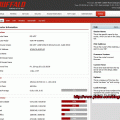
A wireless network has become common nowadays. Today there are lots of business people using wireless network to make their business system more convenient and secure.
A wireless network has become common nowadays. Today there are lots of business people using wireless network to make their business system more convenient and secure.